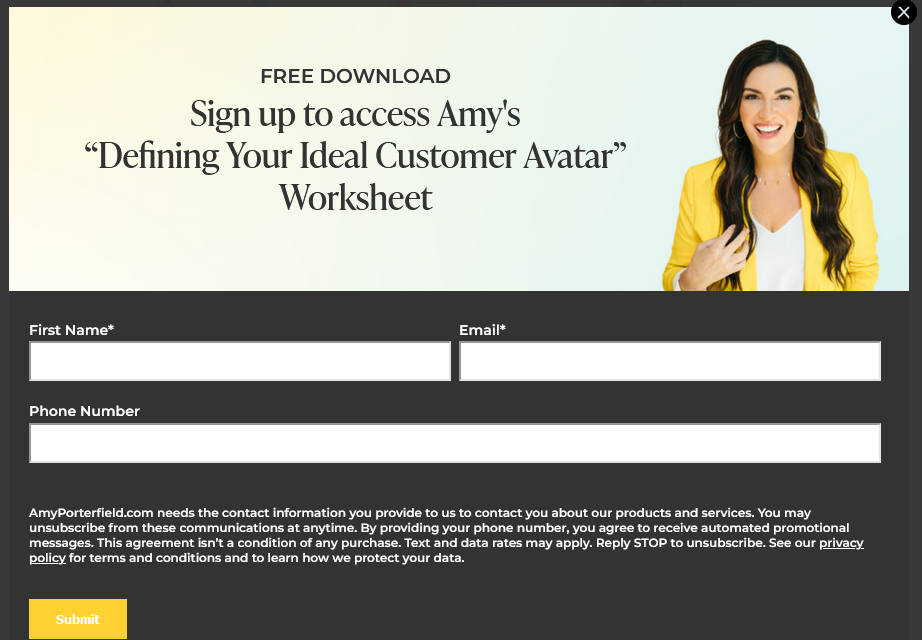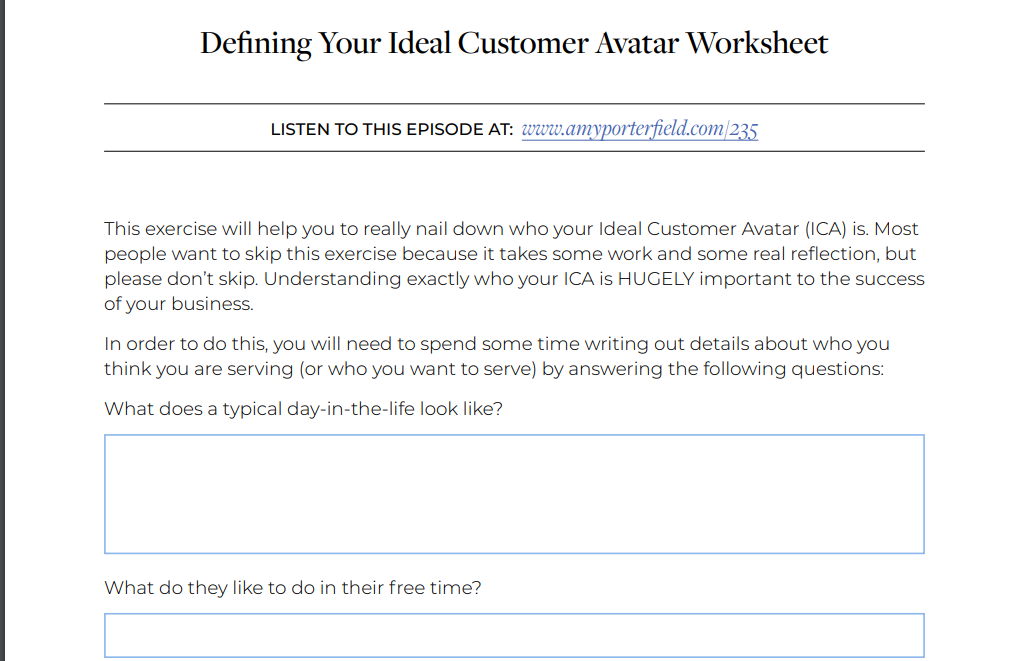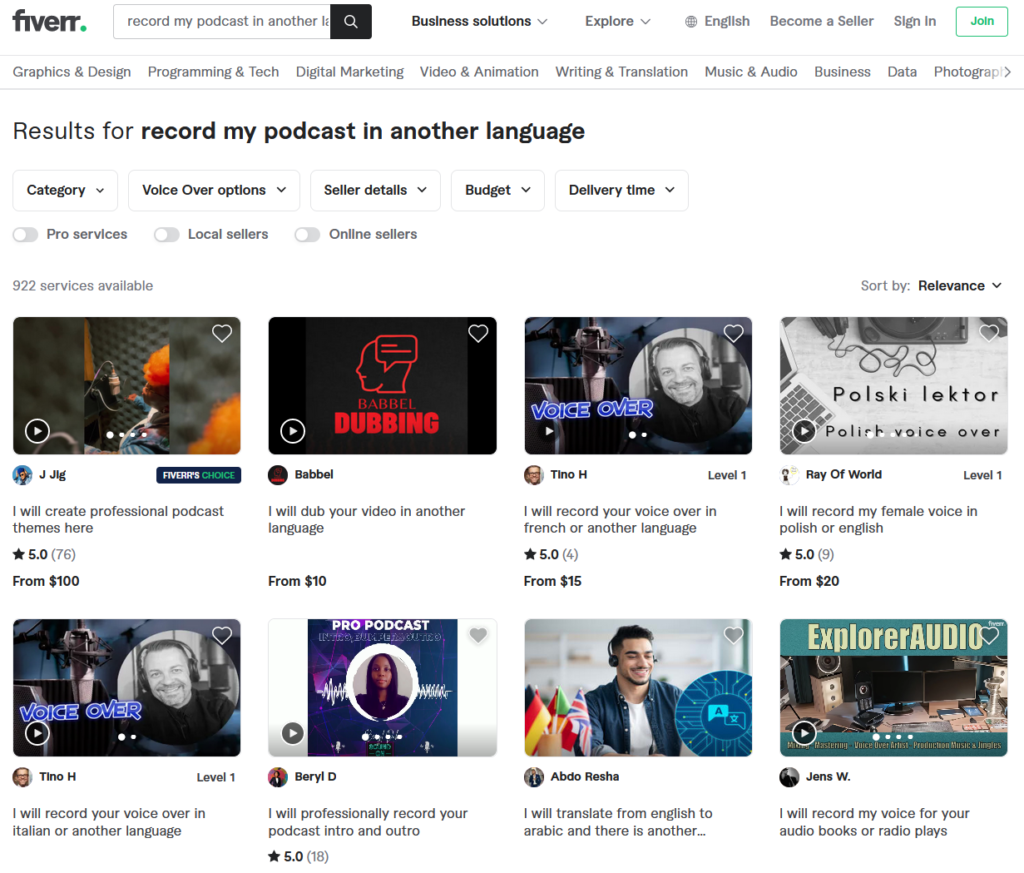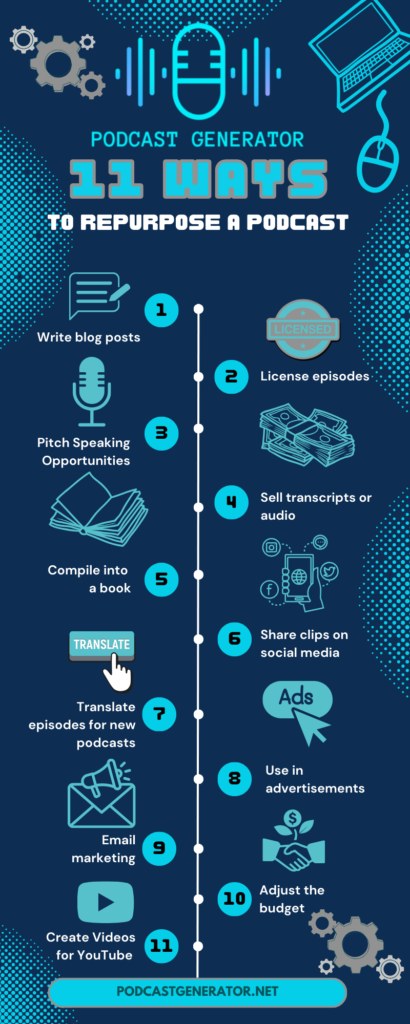Repurposing a podcast episode is a smart and effective way to reach new audiences.
In this post, you’ll learn how to get several pieces of content from a single episode.
How Can You Repurpose a Podcast Easily?
We recently spoke with Founder and CEO of the Afros & Audio Podcast Festival Talib Jasir, and he shared that he’s a big fan of repurposing podcasts. He shared 11 interesting ways to repurpose your episodes and some of them might actually surprise you.
1. Turn your episodes into videos to post on YouTube or other platforms
Create engaging videos from your audio-focused episodes. These videos can be published to YouTube, Vimeo, embedded in blog posts and shared across social media platforms.
PodViz is a free audio to video conversion tool from RSS.com that you can use to easily transform your audio-focused episodes.
2. Create blog posts from your episode transcripts
Many podcast hosting companies like RSS.com will provide you with free transcripts of your episodes.
You can take these transcripts, edit them and publish as a blog post for additional reach and visibility.
You can use tools like ChatGPT to help you proofread, edit and format your transcript as a blog post.
3. License full podcast episodes or clips to other organizations
Generate revenue by allowing other organizations to use your full podcast episodes or clips as part of their educational resources on related topics. For example, you could license a women’s empowerment episode to women’s organizations.
4. Use your episodes to pitch speaking engagements
When you’re trying to get speaking engagements, you need to provide examples that you’re an expert on a topic.
You can share short segments from relevant episodes to land both in-person or virtual speaking opportunities.
5. Sell transcripts, audio files, or other episode elements
Offer written transcripts, audio files, or editable documents of your episodes for sale as standalone products people can purchase. With a little bit of tweaking, you can turn all of your audio and transcripts into informational products that people are willing to pay for.
How can you do this?
Below are two examples:
Turn an edited episode transcript into a workbook and sell it.
Use a tool like Canva to help you format the transcript and create a question and answer style workbook.

A great example of this is Amy Porterfield’s podcast, Online Marketing Made Easy. In episode 235 of her podcast, she walked listeners through how to identify their ideal customer avatar. Then, she told people they could head to her website and download the workbook that helped them do it for themselves.
Now, Amy gives her worksheets away for free as a lead magnet to get people on her email list, but you could make yours a product you’re selling instead.

Take your best episodes and sell them as a compilation
Take the most popular episodes, the most insightful, the most educational, or even the most obscure and make a compilation file of them to repackage and sell.
Hardcore History is a good example of this. Dan Carlin took episodes 1-55 of his podcast, stripped the ads, and put them into one audio file people could buy and download from his website for a little over $100. He often runs a special to get the audio at a percentage off.
People come to his website, buy the files, and receive a digital download to their inbox.

6.Compile Your Episodes Into a Book
Select your best episodes and compile the transcripts into a complete book, adding new introductions and insights.
An example is Kate Erickson’s book The Fire Path inspired by the podcast Entrepreneurs on Fire.
Kate took many of the episodes she and her husband John Lee Dumas produced and transformed them into an amazing book that teaches people how to start and grow an online business.

7. Share clips on social media
Take short 1-2 minute clips from episodes and post them natively on social platforms like Instagram and Twitter to promote your show. You could even re-edit your audio in a different order and splice it with pre-recorded questions to create more original social media content.
For example, record yourself asking a lot of the commonly asked questions on your topic. Then, when a guest shares a valuable answer to that question, you can put the question and answer together for a new piece of content. If you’re lucky, you could get a lot of experts answering the same question and create a compilation podcast episode.
8. Translate episodes into other languages to expand your audience
For this repurposing idea you could hire translators to adapt your episodes into other languages, opening up your content to new global audiences.
We searched for “record my podcast in another language” on Fiverr and it yielded dozens of results for people that can translate your podcast into different languages.

9.Use clips in advertisements or promotional materials
Incorporate snippets from episodes into video or audio ads to give a preview of your show. For example, you could add a snippet for an upcoming episode and share it on your website or in your newsletter to encourage people to subscribe and get immediate access once it’s released. Or you could add a snippet from an episode to another episode to encourage people to listen to past or future episodes of your podcast.
To repurpose one of your podcast episodes into an advertisement, select a 30-60 second clip from any episode of your choosing that you feel would compel someone new to want to tune into your show.
Edit the clip to include just the most compelling parts and remove irrelevant tangents. Use the same podcast editing software you already use to edit your episodes such as Audacity or Garageband.
Write a clear opening/closing with your podcast info and a strong call-to-action. Add background music if you choose to as this can add to the production value. Before you know it, you’ll have an authentic audio ad perfect for promoting your podcast.
You can then use these ads on social media, or purchase ad space on other podcasts.
10. Use it for email marketing
Include episode highlights, quotes, or links in email newsletter campaigns to engage or re-engage listeners.
Here are some ideas for how to start an email list for your podcast:
- Give them an incentive to sign up. Offer a lead magnet like a checklist, guide, or other freebie in exchange for joining your list.
- Promote your list regularly on your podcast and website. Have a call-to-action inviting people to join.
- If someone leaves a comment on your show’s website, follow up and invite them to your list.
- Run a contest or giveaway for list subscribers.
- Advertise your email list on social media and target fans of podcasts in your niche.
- Collaborate with other shows to cross-promote each other’s lists.
- Include your list sign-up link in your podcast’s show notes.
As for email platforms, when first starting out we’d recommend using ConvertKit or Mailchimp. They both have free plans for smaller lists, are easy to use, and integrate well with many podcast media hosts.
You can always upgrade to a more advanced email service once your list grows. The key is picking a platform that lets you create opt-in forms, customize emails, segment your list, and automate workflows even on a budget.
11. Share it on your website
Here are a few different ways to share your podcast episodes on your website:
- Embed your episode into a dedicated podcast page
- Write a blog post featuring the podcast episode – you can embed the episode there as well
- Create clips of your podcast that you share as highlights
- After you create YouTube videos of your podcast, create a videos page on your website, and embed the videos
Bottom line – Repurposing is a powerful way to get more from your podcasting efforts. If you’re not repurposing your podcast, you’re missing out on a lot of opportunities to grow your podcasting business.
11 WAYS TO REPURPOSE A PODCAST Infographic

